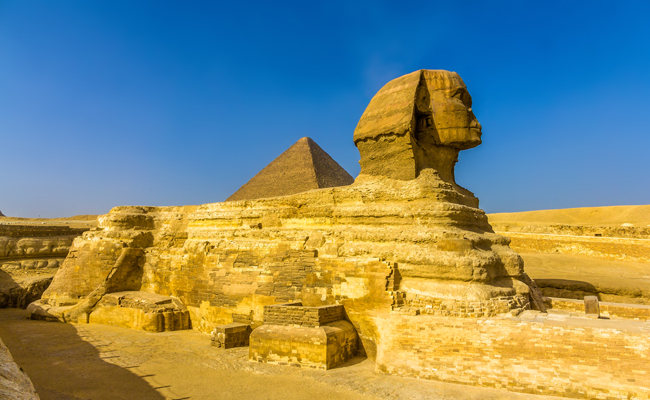
Just because something is really old, doesn’t mean it’ll be around forever. As time passes, centuries of urbanization, pollution, erosion, and tourism take a heavy toll on iconic landmarks around the globe. Despite the work of organizations like UNESCO (United Nations Education, Scientific and Cultural Organization) and The Global Heritage Fund to protect these areas, factors such as lack of funding and complicated international law can slow the process down.
So, before they’re swept away by time, here are seven renowned (and threatened) historical sites for you to visit. Of course, rampant tourism is another major factor for the increasingly rapid deterioration of many of these landmarks — but perhaps by visiting, you’ll be inspired to take up the conservation cause.
Venice, Italy
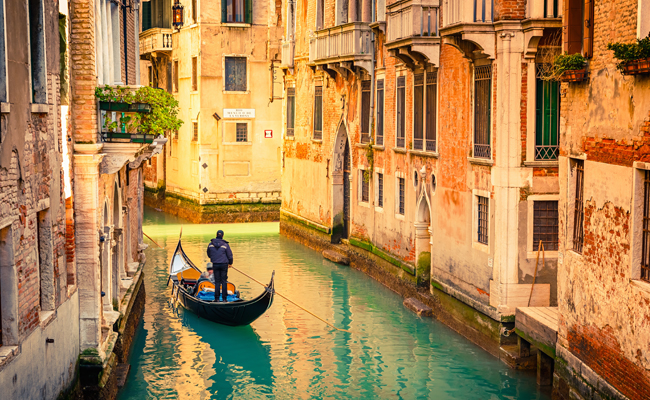
One of the most romantically inspiring cities on Earth, it’s thought that Venice was settled as early as 300 B.C.E by refugees fleeing Germanic and Hun invasions. By the Middle Ages, it was a major maritime power and a primary hub for planning The Crusades, as well as a center for international commerce.
However, being a city constructed on a series of small islands in northern Italy, it has been under threat of flooding for pretty much the entirety of its existence. After centuries of development and habitation, the city is now sinking at a rate of one-to-two millimeters annually. That isn’t enough to qualify for a formal state of emergency, but Prime Minister Berlusconi has implemented The MOSE Project — designed to prevent any further damage caused by high tides.
Little Green Street – London, England
A remarkably tiny street in the Kentish Town neighborhood of London, this 12-foot wide lane hasn’t changed much since it was built in the 1780s. With only a few houses on each side, the street gained pop culture notoriety for not only inspiring the song “Dead End Street” by The Kinks, but serving as the backdrop to their music video (embedded above).
For the last few years, some vacant land at one end of Kentish Town has been for sale, leaving locals up in arms over what potential development might mean for their historic 18th century landmark. A recent takeover of the land has assured the impact of their revised plans will have a “minimum impact” on the street and community at large — but it’s tough to say for certain what the future holds.
Chersonesos Ruins – Sevastopol, Ukraine
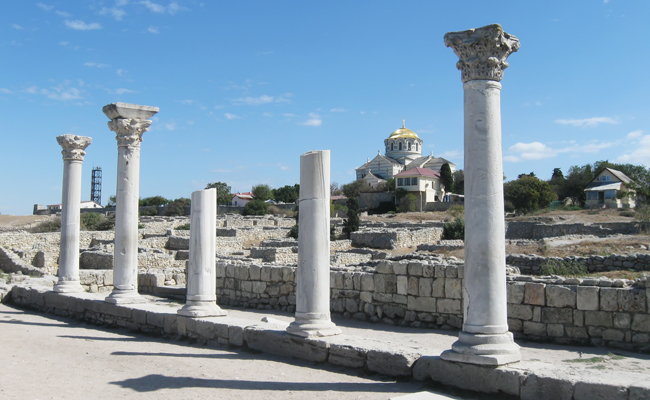
Often called the Ukrainian Pompeii, this Greek colony was founded some 2,500 years ago by settlers from Heraclea Pontica on the north shores of The Black Sea. Its architectural inspiration draws from both Grecian and Byzantine influences — with Byzantines taking over the city-state in the 5th century. As a result, Chersonesos stands in glorious contrast to everything else around it, attracting thousands of visitors annually.
Unfortunately, a combination of increased development, pollution, and coastal erosion threaten the ruins. In 2010, The Global Heritage fund put the ruins on the list of their 12 most endangered sites.
Machiya Houses – Kyoto, Japan
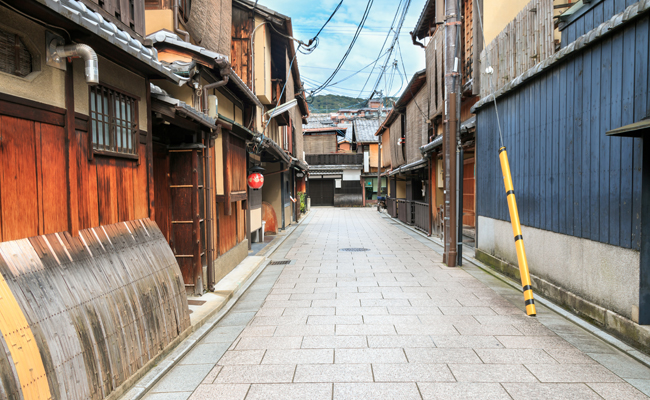
A type of long, narrow, townhouse that are said to be better suited for ‘a bed for an eel,’ Machiya date back to Japan’s Edo period (1603 to 1867). Today, they are being rapidly demolished in favor of high rises and other more modern housing structures. Their unique integration of commerce and residential areas also puts them at risk, as Japan continues to separate the two due to intensified development.
Hasankeyf, Turkey
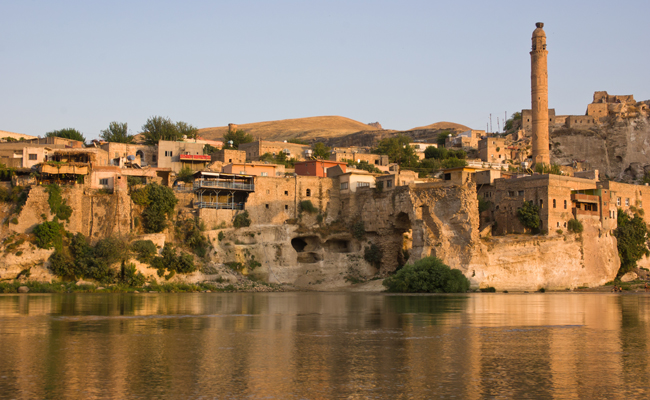
A town along the Tigris River that dates back close to 4,000 years, the ancient city of Hasankeyf in the incredibly-named Batman Province of Turkey was a part of the Hurrian, Neo-Assyrian, and Medium kingdoms, before becoming part of the Roman Empire sometime around the 4th century. Afterwards, it became known as Hisn Kayfa — under five centuries of Muslim rule starting sometime in the early 7th century.
This living piece of history was declared a natural conservation area in 1981, and today is in danger of being submerged under 200 feet of water by the Ilisu Dam (which is being constructed about 60 miles downstream). Construction was halted in 2013 to better assess the environmental impact, with many critics vocal about the negative impact on the wildlife and considerable historical significance of the region.
Pompeii, Italy
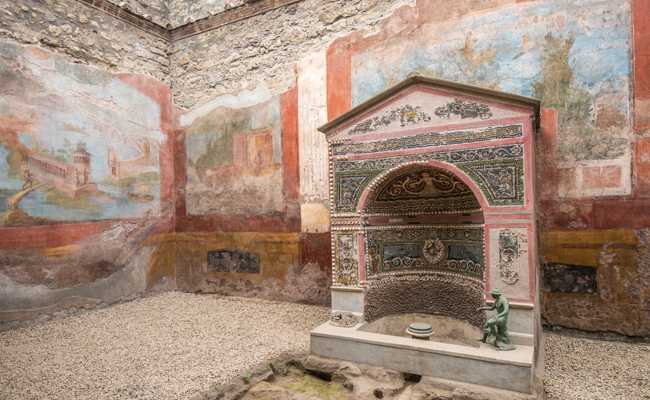
A bustling resort town in the Roman Empire that catered to the wealthy tourists of the day, Pompeii was founded sometime around the 6th century B.C.E. It was first ravaged by an earthquake in the year 62, courtesy of Mount Vesuvius. That same volcano would cover that city in ash 17 years later, preserving much of Pompeii and 1,000 or so residents who were either too poor or too stubborn to flee.
The city was discovered in 1738 for the second time (the first discovery in 1599 was promptly re-buried, due to either censorship or time constraints) when the king of Naples, Charles of Bourbon, had some excavators design a summer palace for him.
Proper excavation of the site began in 1764, and it has remained an incredibly popular tourist attraction in the two-and-a-half centuries since. Of course, with all those people comes light, moisture, erosion, pollution, and the introduction of other plants and animals that, along with poor excavation methods, are all threatening the once perfectly preserved city.
Convento de San Francisco – Lima, Peru
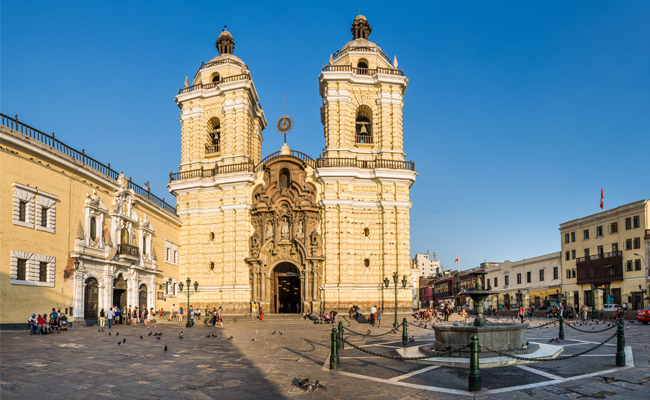
This historic monastery — completed in 1774 using Spanish-Baroque architecture — is the centerpiece of the historic center of Lima. It’s renowned for its expansive library, but most famous for the catacombs beneath, which were first discovered in 1943. It’s estimated that there are upwards of 25,000 bodies buried below the monastery — some as recently as the early 19th century.
Due to its popularity with tourists, along with the toll that multiple earthquakes have taken on the region, the building has sustained significant damage. Currently, there are many visible cracks and heavily leaning walls that look ready to collapse.
Old Jerusalem City – Jerusalem, Israel

Making the UNESCO World Heritage Site list back in 1982, this walled-off area, just under one square kilometer, is now surrounded by the modern city of Jerusalem. It’s also one of the most religiously significant locations in the Western world.
Divided into four uneven sections, designated for Jewish, Christian, Muslim, and Armenian citizens, the fortified walls were built between 1535 and 1542 by Suleiman the Magnificent, an Ottoman-Turkish sultan.
The country of Jordan first nominated the site for protection in 1981, blaming rapid urbanization for the site’s threatened status. As per usual, conservation efforts are moving slowly, due, in part, to international red tape regarding Israel’s governing control over the region.
Petra, Jordan
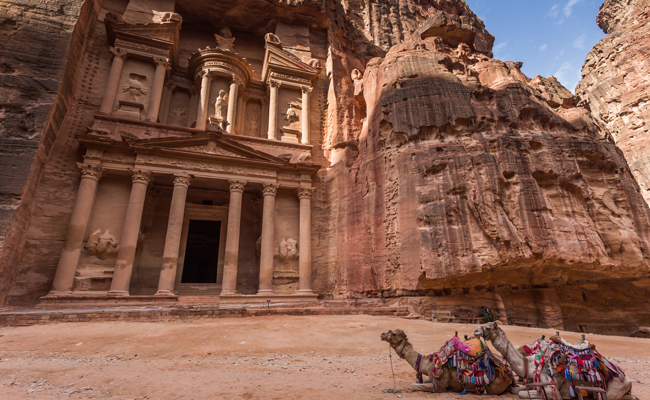
This magnificent city, carved directly into red-hued rocks, is Jordan’s most popular tourist attraction. It’s also a rather ubiquitous movie location — having popped up in such popular franchises like Indiana Jones and Transformers.
Petra’s popularity as a travel destination comes with a downside — tourism, which brings in close to a million people annually, has been declared unsustainable. Combine that with natural forces such as rain, flooding, and salt contamination, and you have a city that is estimated to be eroding at the rate of one-and-a-half inches over the past decade.
The Sphinx – Giza, Egypt
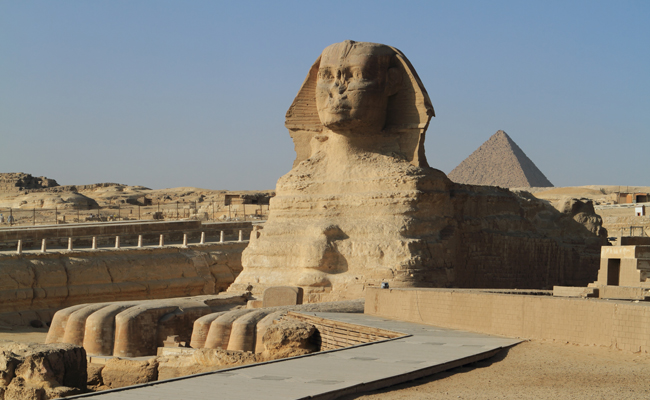
One of the world’s most iconic structures, the Great Sphinx of Giza was built sometime around 2500 B.C.E.. Not only is it the largest monolith statue in the world, it’s also the oldest known monumental sculpture, too.
Given that it rests on an eastward sloping topography on the Giza plateau, the Sphinx has been vulnerable to rainwater runoff for thousands of years. That, along with desert sandstorms, high winds, and salt-laden groundwater all threaten the Sphinx — causing the limestone structure to erode at a noticeably uneven pace.
It recently reopened to tourists after being shut down for four years as part of a restoration project to help sustain its structural integrity.






